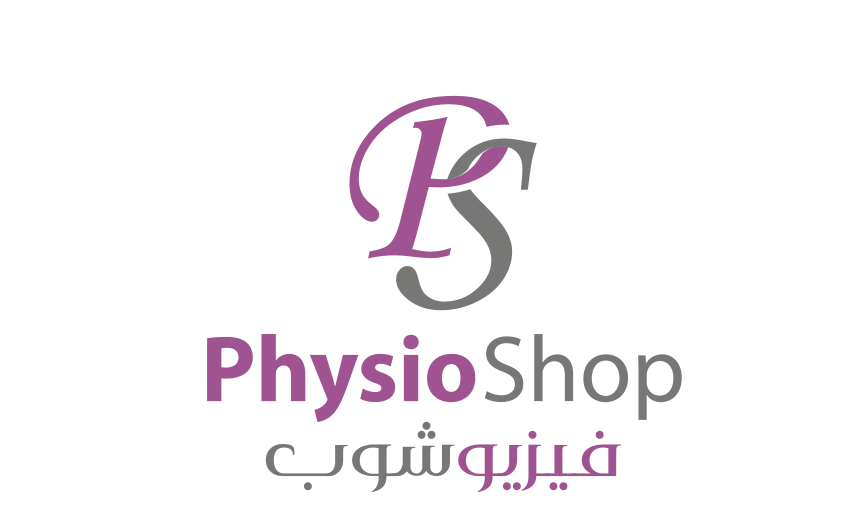
Dr. Vaidas stalioraitis
FACP – Fellow of the Australian College of Physiotherapists (as awarded by the Australian College of Physiotherapists in 2016)
Director, Manual Concepts, Western Australia.
Qualifications:
- MSc (Curtin University); Graduate Entry Master of Physiotherapy (Curtin University)
- Master of Clinical Manipulative Physiotherapy (Curtin University); Accredited Mulligan Concept teacher
Vaidas has extensive Australian and international experience as a clinician and educator at both undergraduate and postgraduate levels. He has vast clinical experience and a special interest in managing people with complex spinal pain conditions. Vaidas commenced with Manual Concepts in 2007 and provides teaching and practical supervision on the Certificate in Orthopaedic Musculoskeletal Therapy (COMT).
Vaidas is a Specialist Musculoskeletal Physiotherapist and an internationally accredited Mulligan Concept teacher, both of which were gained through exhaustive examination processes. He continues to consult in private clinical practice and is Director and Principal Lecturer at Manual Concepts.
